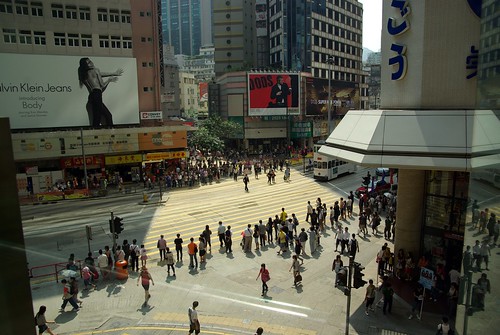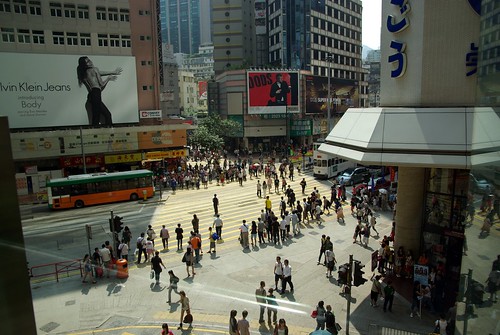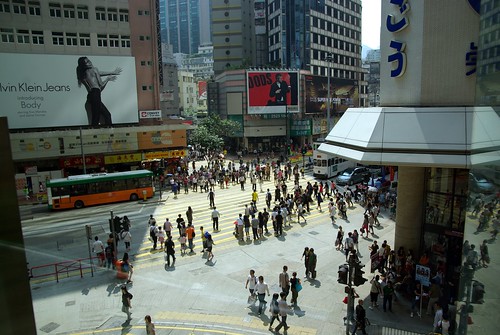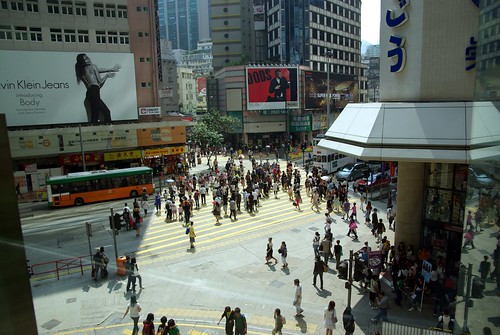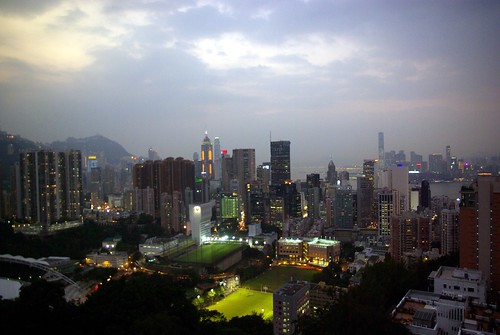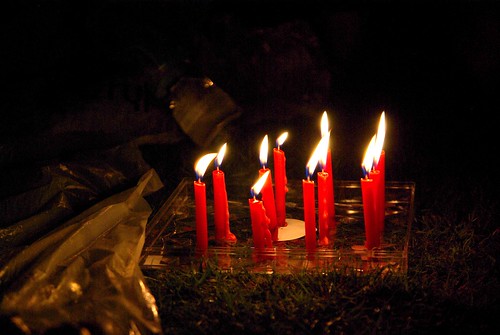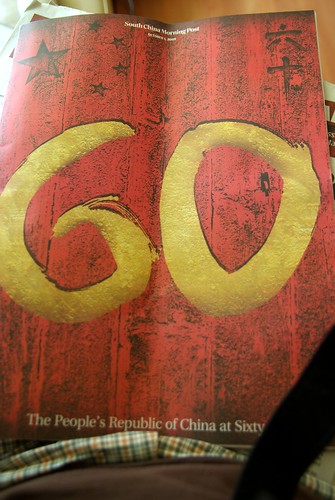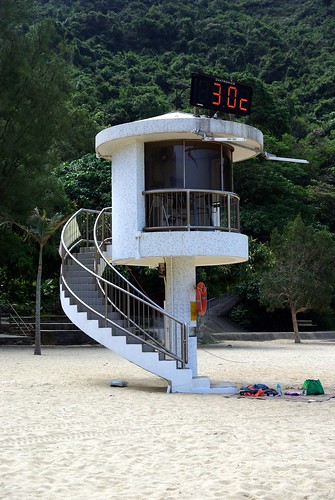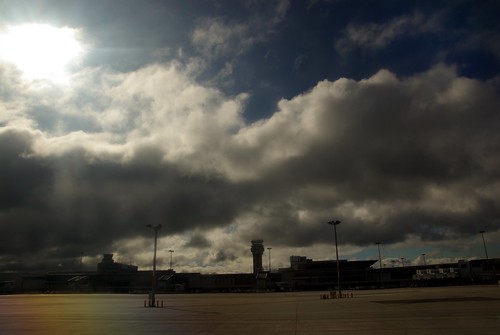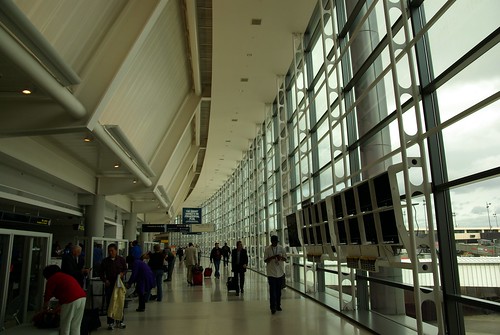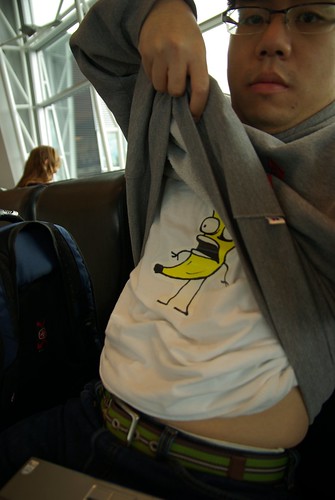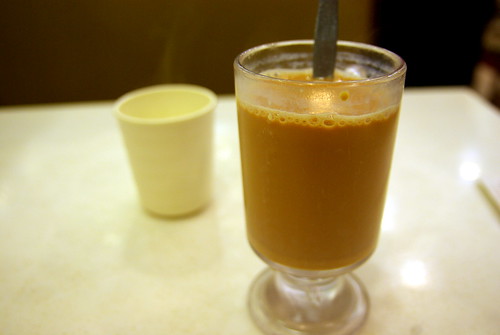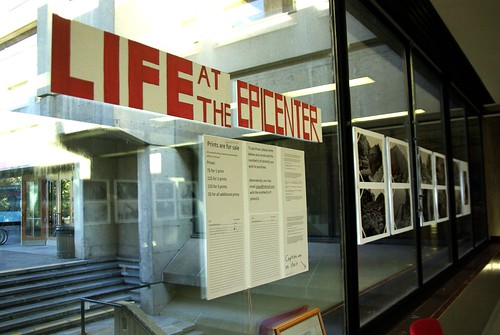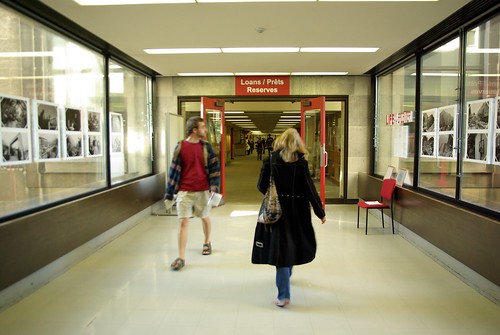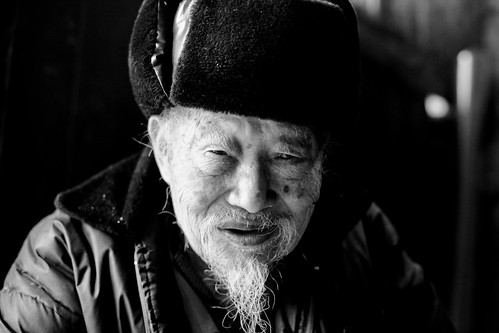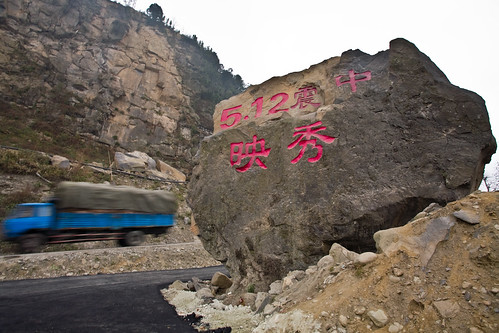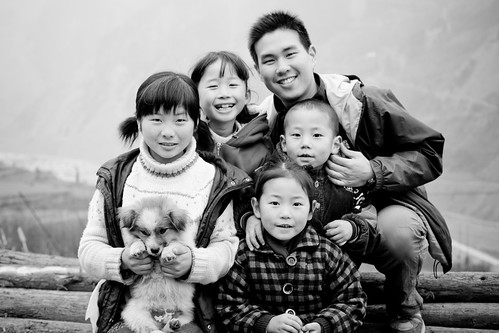Chez Schwartz’s… Vendredi soir, ma première soirée en ville, des amis expatriés m’ont invité chez eux pour un fête à saveur de Montréal. J’avais caché dans mes valises, un morceau de viande fumée et du pain de seigle de chez Schwartz’s. La poitrine de boeuf, aussi connue sous le nom de « brisket » en … Continue reading “Comment servirait-on du smoked meat à Hong Kong?”

Chez Schwartz’s…
Vendredi soir, ma première soirée en ville, des amis expatriés m’ont invité chez eux pour un fête à saveur de Montréal. J’avais caché dans mes valises, un morceau de viande fumée et du pain de seigle de chez Schwartz’s.
La poitrine de boeuf, aussi connue sous le nom de « brisket » en anglais, est d’habitude une pièce de viande peu chère comparée à d’autres coupes, mais elle est particulièrement coriace. Pour l’attendrir, il faut la faire cuire longtemps, à feu doux.
Dans la cuisine chinoise, et dans notre cas à Hong Kong, on apprête aussi la poitrine de boeuf (牛腩 – niunan) dans des plats « populaires », souvent dans une marinade d’épices et de condiments chinois comme l’anis étoilé, la pelure d’agrumes séchée et la cannelle. Ce sont par exemple des currys (on coupe et on fait cuire) ou bien de la viande sur nouilles (on fait cuire et on coupe).
Parfois, on retrouve ce type de plats en version resto-culte, un peu comme notre Chez Schwartz’s à Montréal. Dans des restos aux files d’attente plus ou moins longues (les trottoirs ici sont franchement moins larges de toute façon), avec des photos de stars du Cantopop en compagnie du patron collés à la porte, on sert des tout simples, à peine plus chers que dans le casse-croûte sans notoriété, mais préparés avec une minutie et une fierté certaines.
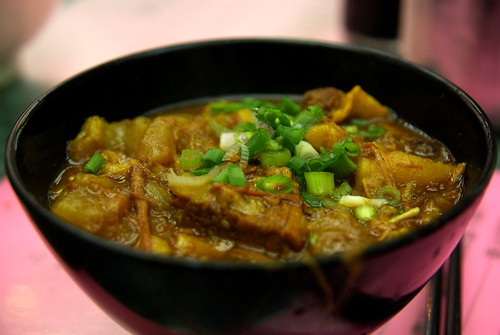
…et chez Kau Kee. Du curry chinois de boeuf sur nouilles.
Dans la catégorie du boeuf braisé au curry, Kau Kee dans Central – le principal quartier international des affaires de la ville – est un incontournable.
Le menu est minimaliste: trois choix de nouilles (riz, blé, oeufs) et deux choix de viande (avec ou sans curry). On ne sait pas s’il y a un menu en anglais, mais en tout cas pas de pancarte dans une langue autre que le chinois.
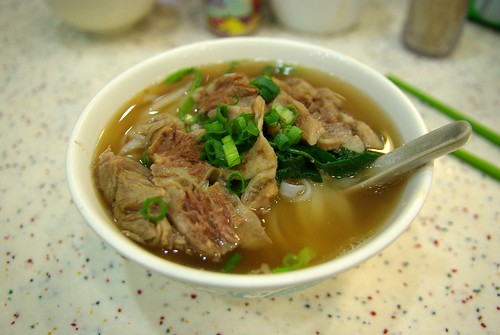
Poitrine de boeuf sur nouilles de riz…
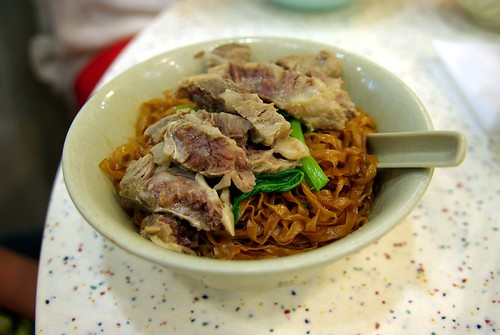
…et sur nouilles aux oeufs
Hier, je suis allé essayer le Restaurant On Lee (安利) dans le quartier populaire de Shau Kei Wan, à plusieurs stations de MTR à l’ouest des grands centres touristiques de l’Île de Hong Kong. On Lee a son propre mur des célébrités, remplis de noms célèbres locaux.
Parlons bouffe maintenant: les tranches de smoked meat poitrine, “ngau lam”, sont coupées à même un morceau cuit entier, persillé et encore entouré de l’enveloppe musculaire. C’est le gras et cette enveloppe qui donnera au boeuf toute sa saveur. La viande est ensuite déposée sur des nouilles avec ou sans bouillon (bouillon au glutamate monosodique, probablement). On agrémente la soupe de quelques balles de poisson et d’échalote hachée.
En Chine, il n’y a pas que la viande qui est prisée. Les cartilages sont également des bouts mangés par les Chinois (votre serviteur aime bien ça aussi, pour en avoir mangé aujourd’hui pour le lunch). On laisse souvent les cartilages dans les recettes de poitrine, et on servira parfois des nouilles ou du riz nappés d’un ragoût aux cartilages de boeuf. Le cartilage mariné prend une consistance à mi-chemin sur le Jell-O, collant gentiment à nos incisives.

